 FEATURE
FEATURE
 Images by THE AUTHOR
Images by THE AUTHORhere are many factors that go into selecting a classic car to build from the ground up. Sometimes, you simply build (or rebuild) whatever car you already own. That’s usually the easiest route, but if the thought of spending more time and money on that old car doesn’t sound appealing anymore, there is no other choice than searching the market for another solution.
Dana Wappler of Henderson, Nevada, can relate to this exact scenario. Over the last few years, he’s had several cars, including his first restomod back in 2021 and an impressive LS7-equipped 1970 Chevelle. Though this would suffice for a lot of enthusiasts, Dana shortcut his path to automotive greatness by purchasing the finished car rather than building it. The more he drove around in that ’70 only made him feel like he was embracing someone else’s project and decided to search for a 1966 Chevelle, a car he thinks is often overlooked.

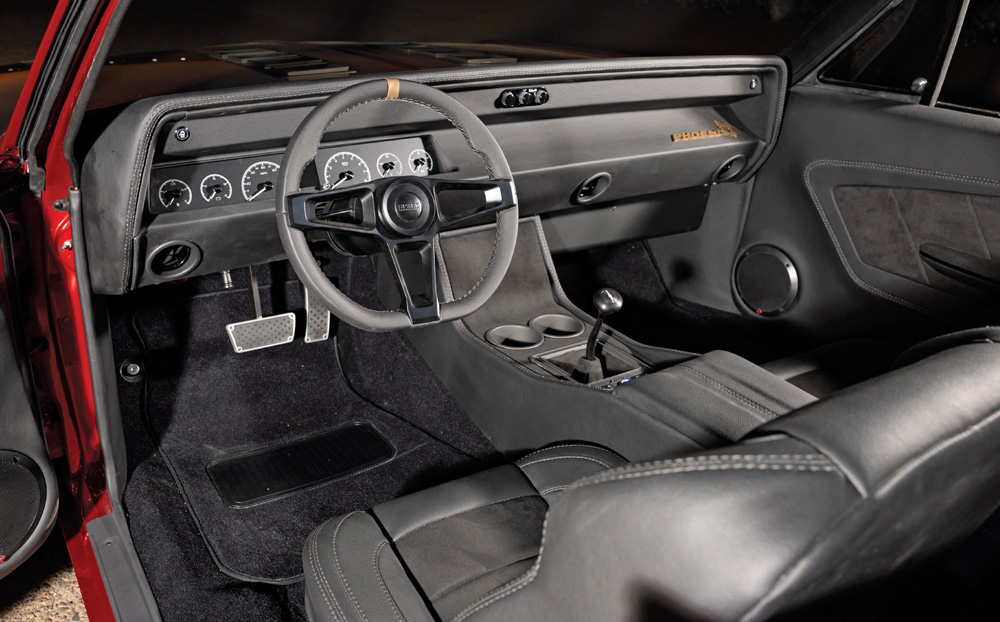
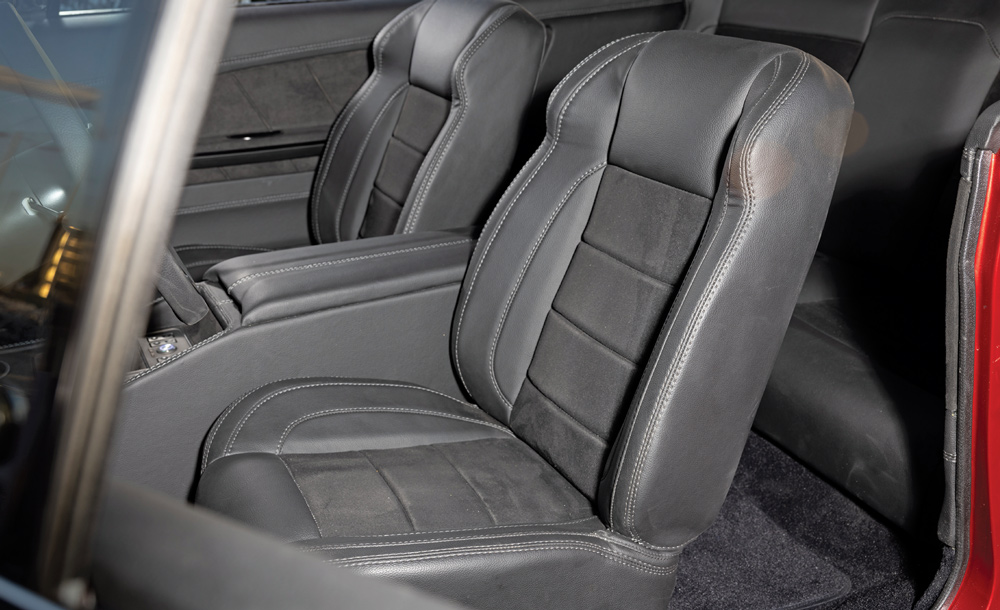
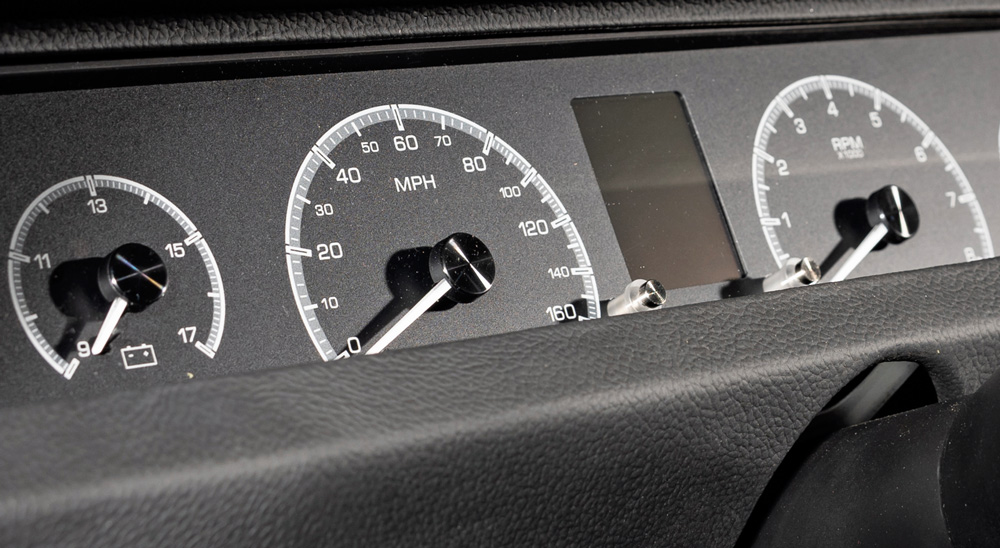
“As soon as I stepped in, we were off to the races,” Dana exclaims. “I let [Arme], who has spent the last 20 years building performance-focused hot rods, have some leniency with the design and performance elements.” With this approach set in place, the Chevelle’s original frame was boxed, back halved, narrowed, and outfitted with Ridetech coilovers to significantly upgrade the car’s handling ability. Wilwood brakes were also incorporated into the quickly evolving chassis setup, as were 19×9.5 and 20×11 Avant Garde F420 three-piece wheels and Toyo R888R tires to keep up with the vibe.

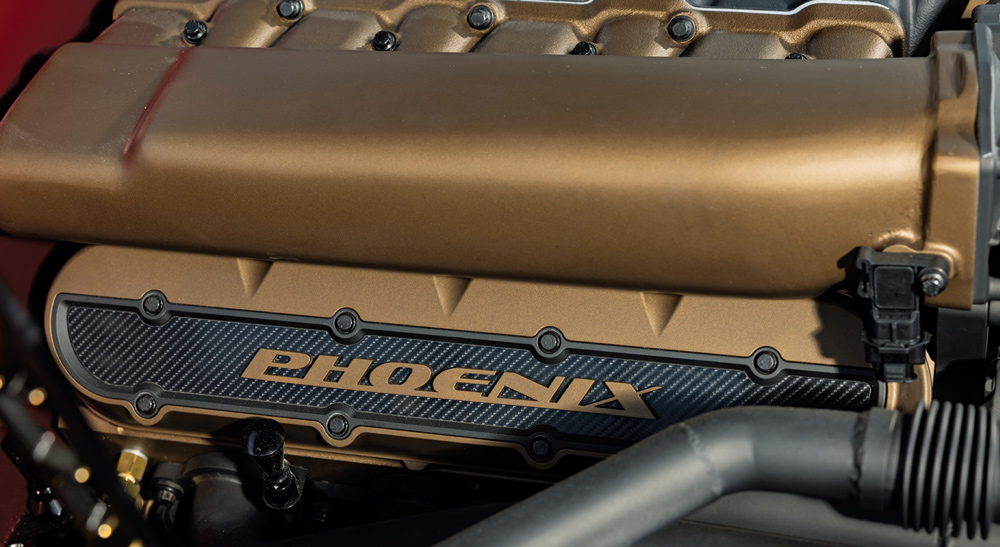



When it was time to start working on the Chevelle’s shell, Dana stated that “the original vision was crafted as a blend by [Arme], Sean Smith, and I, that included making some radical changes to modernize aspects of the car without losing what made the ’66 unique. The challenge was keeping all the original body lines while trying to sharpen and highlight them without going too far. I think we achieved the overall vision even though major fabrication was done to most of the car’s panels.”
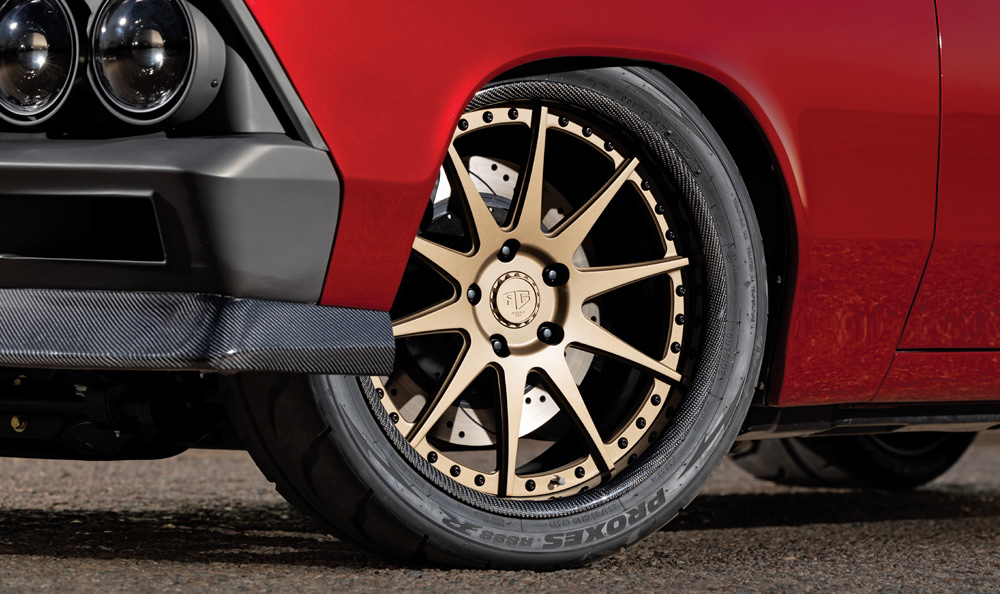


Nothing but modern amenities would do inside the confines of the Chevelle. Stitched Envy was recruited to upholster the custom door panels, center console, modified factory dash, and Glide Engineering seats with black leather and Alcantara material. Dakota Digital instrumentation also made an appearance, as did a full audio system featuring Rockford Fosgate components. A fresh Vintage Air climate-control setup was also added to provide proper cooling and heating functions as needed throughout the year.
“Originally, the car was set to debut at the Barrett-Jackson/Castrol EDGE Path to Performance (Barrett-Jackson Cup) in mid January 2025, but we jumped on the opportunity to unveil the Chevelle earlier in HP Tuner’s SEMA 2024 booth instead,” Dana explains. “Tony Arme and his crew lost 2 1/2 months of expected build time in order to make the SEMA deadline, but they made it happen. I have since named the Chevelle ‘Phoenix’ due to its glorious rise from the ashes. As someone who hasn’t been in the hot rod scene for very long, it was a unique experience for me to feel like I contributed to it by introducing this car to such an amazing industry of builders and enthusiasts.”
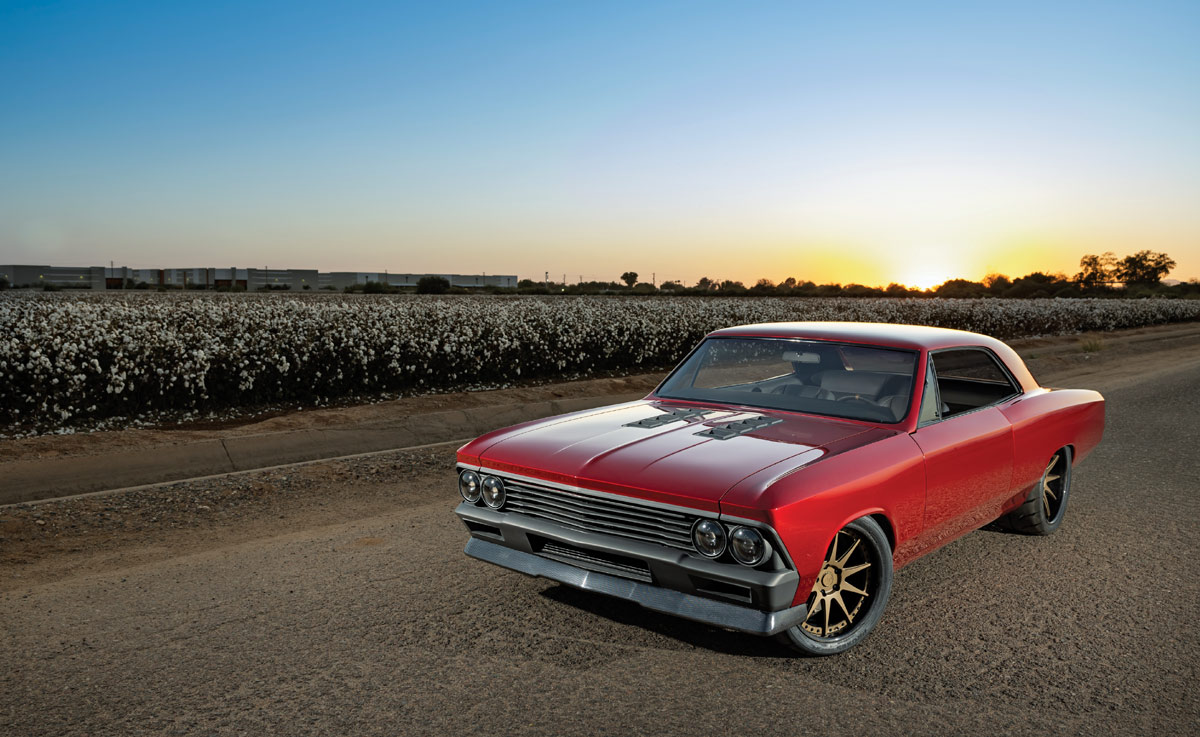

Vehicle: 1966 Chevy Chevelle
Type: Chevrolet Performance LSX-B8
Displacement: 376 ci
Cylinder Heads: GM
Camshaft: GM
Induction: Twin Comp CT3X turbo setup with water to air intercoolers and TiAL wastegates and blowoff valves, Modified Edelbrock Cross-Ram manifold with dual drive-by-wire throttle bodies, K&N air cleaners
Ignition: MSD wires and relocated coil packs
Engine Management: HP Tuners CORE ECU and harness
Assembly: Chevrolet and American Legends Hotrods (Phoenix)
Exhaust: Custom 3-inch exhaust and Borla mufflers by American Legends Hot Rods
Accessory Drive: Concept One eight-rib
Dress-Up: Billet valve covers with carbon inlays and Phoenix emblems, relocated coil packs
Cooling: Custom aluminum dual pass radiator, electric fans
Wiring: American Autowire
Fuel Tank: 16-gallon steel tank
Output: 672 hp, 633 lb-ft of torque
Transmission: GM 4L75E, 2,400 stall converter
Driveshaft: Custom
Rear Axle: Currie Enterprises 9-inch with 31-spline axles and 3.73:1 gears
Chassis: Factory frame boxed, back-halved, and narrowed
Front Suspension: Ridetech coilovers, F-body spindles, Flaming River rack-and-pinion steering
Brakes: Wilwood 14-inch rotors and four-piston calipers front and rear
Wheels: 19×9.5 and 20×11 Avant Garde F420 three-piece wheels with carbon barrels
Tires: 265/35R19 and 325/30R20 Toyo R888R tires
Upholstery: Black leather and Alcantara by Stitched Envy
Seats: Glide Engineering
Door Panels: Fesler
Steering: Sparc Industries Flux steering wheel with custom leather wrap, Ididit column
Instrumentation: Dakota Digital
Pedals: Kugel Komponents 90-degree assembly, Clayton Machine Works pads
Shifter: Lokar
Audio: Rockford Fosgate speakers and amps
Climate Control: Vintage Air
Insulation: Vibor Solution
Bodywork & Paint: Body by James of Relic Works, BASF custom paint
Body Mods: Shaved door handles, mirrors, locks, driprails, emblems and trim, hand-built wiper cowl, smoothed headlight filler panels, modified body panels to fit bumpers, carbon-fiber front splitter, smoothed firewall and inner fenders, custom radiator cover with two air cleaners integrated, all trim covered in Cerakote
Hood: Customized factory SS hood with 3-D printed one-off vents
Hood Hinges: Ringbrothers
Grille: One-off billet
Bumpers: Modified factory units
Lighting: Dapper Lighting headlights, custom-designed resin 3-D printed LED taillight